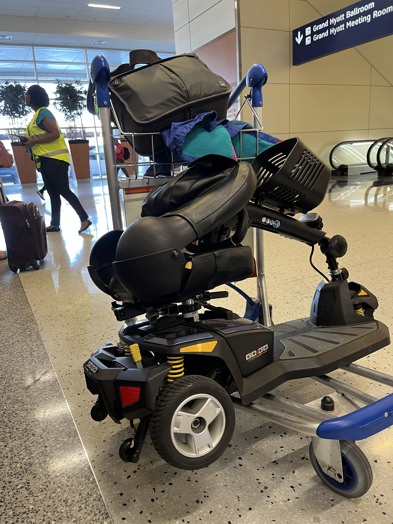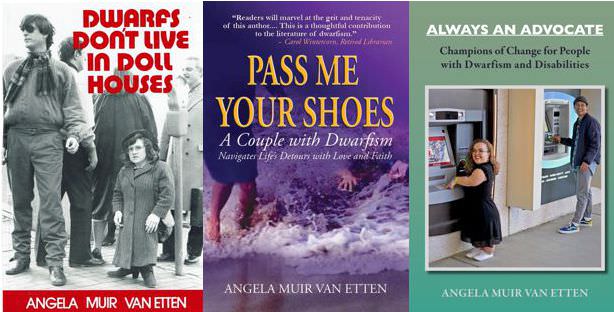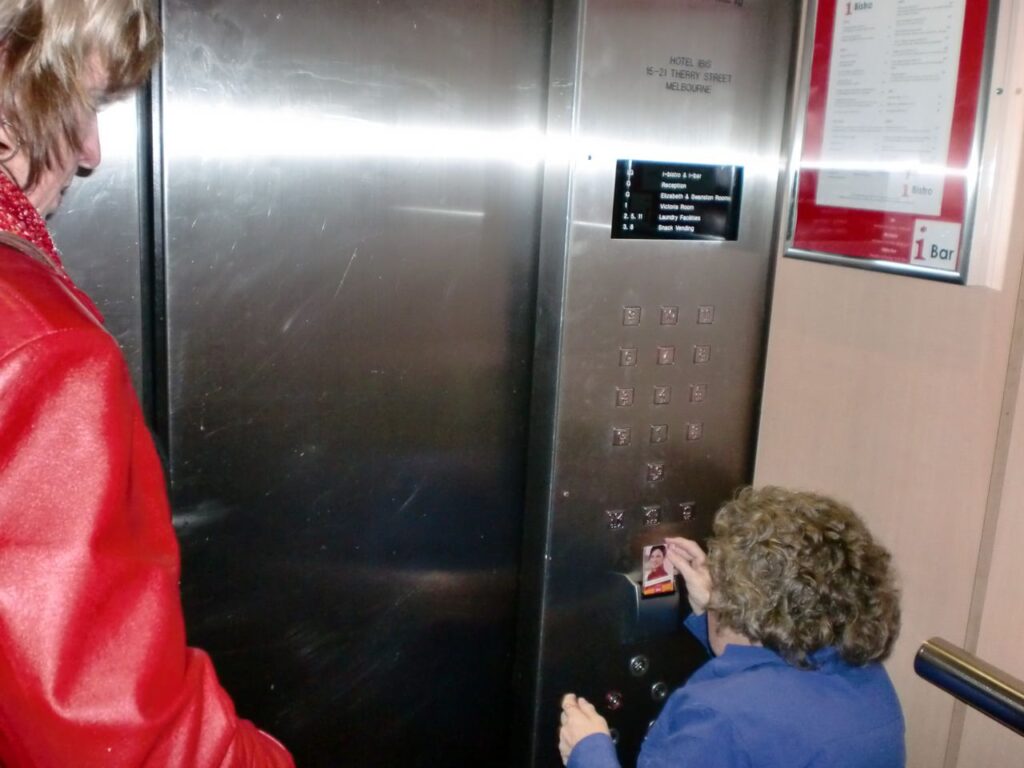
Many little people don’t consider themselves “disabled,” because they are independent and productive citizens. In contrast, others assume their dwarfism automatically qualifies them as having a protected disability under the Americans with Disabilities Act (ADA). In either case, disability self-perception is not determinative. Rather, it’s a case of whether the individual meets the disability criteria defined in this landmark civil rights legislation.
Want to subscribe to receive blog updates sign up today!
On September 25, 2008, President George W. Bush signed the ADA Amendments Act of 2008 (ADAAA) 18 years after his father, President George H. W. Bush, signed the ADA. The amendment was necessary because the Supreme Court of the United States (SCOTUS) perception of disability under the ADA was too narrow. The ADAAA overrides past SCOTUS interpretations decreeing that the disability definition should be construed broadly to make it easier for individuals to establish they have a protected disability.
So what is the criteria for showing that dwarfism is covered under the ADAAA? A “yes” answer to any one of the following three questions means you’re protected.
- Do you have an impairment that substantially limits one or more major life activities?
- Do you have a record of such an impairment?
- Are you regarded as having an impairment even though you don’t?
It’s not about a diagnosis, but rather whether an impairment substantially limits the ability of an individual to perform a major life activity as compared to most people in the general population. This requires an individualized assessment.
The ADAAA (42 U.S.C. § 12102) and regulations of the United States Department of Justice (28 C.F.R. §§35.108, 36.105) and Equal Employment Opportunity Commission (EEOC, 29 C.F.R. § 1630.2) spell out how the disability definition should be construed. Non exhaustive lists define “physical or mental impairment,” “substantially limits,” and “major life activities.” As a little person with Larsen’s Syndrome I can pick pertinent traits from these lists to demonstrate my disability under the ADAAA. For instance, my physiological disorder (1) affects my musculoskeletal, respiratory, and cardiovascular body systems; (2) substantially limits my major life activities of walking, sleeping, standing, reaching, lifting, bending, breathing; and (3) affects normal cell growth. People with dwarfism and other disabilities can also pick from these lists to show how they meet the ADAAA disability definition.
Thankfully many people with dwarfism have qualified for ADAAA protection. Here are a few examples:
- An applicant was compensated $20,000 after being denied a purchasing manager position because he didn’t have a driver’s license even though having a license was not an essential job function. United States vs. York County, South Carolina (2019).
- A nine year old boy received compensatory damages from a youth wrestling league that failed to modify their policy to allow him to “play down” one age division so he could compete with wrestlers closer to his weight and size. B.K. vs. Pikes Peak Wrestling League (2016).
- Starbucks agreed to pay $75,000 to a trainee after denying a reasonable accommodation during training and then refusing to hire her (2012).
So let’s reframe the question. Are YOU disabled under the ADAAA? Check the regulations (cited above) to find out.
You may also want to read other ADA blog posts by Angela Muir Van Etten:
- “Defendants Feign Ignorance When Hit With ADA Complaints.” January 30, 2023. https://angelamuirvanetten.com/defendants-feign-ignorance-when-hit-with-ada-complaints/
- “Public Participation ADA Violation.” January 23, 2023. https://angelamuirvanetten.com/public-participation-ada-violation/
- “ADA and Taxi/Rideshare Services.” July 25, 2022. https://angelamuirvanetten.com/ada-and-taxi-rideshare-services/
- “Take Action Against ADA Access Violations.” January 24, 2022. https://angelamuirvanetten.com/take-action-against-ada-access-violations/
- “ADA Compliance Challenge Continues.” January 25, 2021. https://angelamuirvanetten.com/ada-compliance-challenge-continues/
- “ADA 30-year Milestone.” August 3, 2020. https://angelamuirvanetten.com/lift-on-bus/
Employment note:
Under its affirmative action rules, the EEOC treats dwarfism as a targeted disability because dwarfs face significant barriers to employment, above and beyond the barriers faced by people with the broader range of disabilities, see “Questions & Answers: The EEOC’s Final Rule on Affirmative Action for People with Disabilities in Federal Employment.” January 3, 2017. https://www.eeoc.gov/laws/guidance/questions-answers-eeocs-final-rule-affirmative-action-people-disabilities-federal










